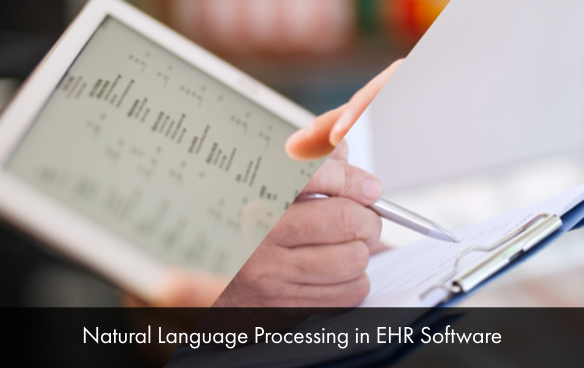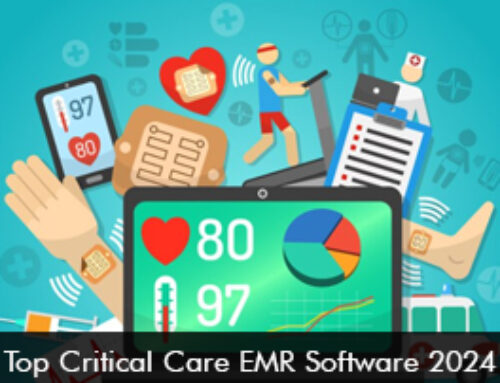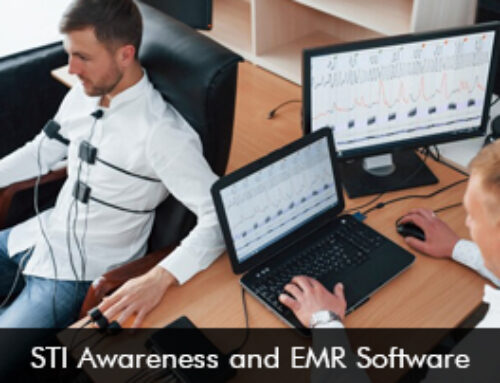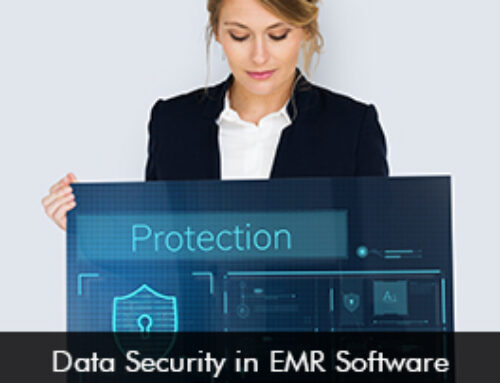Natural Language Processing (NLP) is a new technology that has come into the limelight thanks to recent advances in Artificial Intelligence.
Simply put NLP allows us to process human language, far beyond simple voice dictation. Let’s explore the applications for Natural Language Processing in present EMR software for clinicians, from documentation and even to interoperability.
What is Natural Language Processing
Natural Language Processing is an AI technology, which focuses on translating natural human language into computable instructions. It gives computers the ability to understand human language.
With recent advances in Artificial Intelligence, the applications of Natural Language Processing may even turn it into an essential tool for physicians to have in their EMR systems:
- Enhancing Data Extraction
- Extracting data from clinical data to generate treatment plans, clinical notes, and reports.
- Automated coding and billing
- Automatically assign medical codes to encounters, simplifying the billing and administrative burden.
- Sentiment analysis
- NLP can help clinicians to gauge emotional states, by analyzing sentiments expressed in patient narratives.
Benefits of Natural Language Processing
There are many ways that clinicians can benefit from NLP in EHR software.
Improved Accuracy and Efficiency of Data Support:
NLP can allow healthcare professionals to dictate clinical notes into EMR software with natural human language. By eliminating the need for manual entry, clinicians can spend less time on documentation and more time with patients.
It also provides an easy way to ensure that accurate patient data is captured and can go a step further to reduce the potential for errors.
Enhanced Clinical Decision Support:
Natural Language Processing is able to analyze large amounts of patient information such as clinical notes, lab results, and reports.
NLP can identify hard-to-detect patterns, relationships, and trends in data and assist clinicians in diagnosis, predicting outcomes, and providing treatment plans – improving patient outcomes.
Streamlined Clinical Documentation:
A big chunk of clinical information is in documentation, in fact, up to 70% of meaningful information for clinicians is held in notes. It influences patient care, billing, and even legal compliance.
Conveniently NLP is a great solution for simplifying, accelerating, and automating a lot of this process, by automatically populating relevant fields with information extracted from patient narratives and ensuring they adhere to standardized codes and terminology.
There even are some Natural Language Processing (NLP) solutions in EHR software that are capable of documenting entire patient encounters from simply listening to clinician-patient conversations.
Interoperability and Data Sharing:
Additionally, NLP plays a huge role in interoperability in Electronic Medical Records software systems. Natural Language Processing can help to translate different medical terminology and concepts across different EMR systems seamlessly.
NLP makes it possible to easily analyze large amounts of clinical documentation – which can also be used on unstructured medical notes often found in EHR software systems. This can therefore be used to bridge the gap between EMR systems and enhance interoperability in Electronic Medical Records software.
3 EMR Software with Natural Language Processing
For modern EMR software, machine learning and AI tools are not a new trend, so there have already been EHR vendors quick to adopt NLP into their health IT systems.
One of the leading EHR software vendors, athenaHealth is partnered with Nuance to integrate voice recognition and NLP technologies such as speech recognition and transcription.
Epic EHR, one of the most widely used EHR software systems, utilizes Azure Open AI to integrate GPT-4 into their EMR software, with features such as natural language queries.
Epic also has a partnership with Suki, the AI voice assistant company, which can generate clinical notes by listening to patient conversations.
Cerner, another health IT software vendor, has been working on integrating NLP into their existing EHR software, to review and code encounter notes in seconds.
Healthcare professionals can also make use of dictation, and with Dragon Voice Recognition can easily document and make notes much faster than manually typing.
Conclusion
In conclusion, NLP in EHR software represents a significant leap toward more efficient, intelligent, and patient-centric healthcare systems. By leveraging the power of NLP, healthcare providers can unlock valuable insights from textual data, streamline administrative tasks, and ultimately improve the quality of care they deliver.







